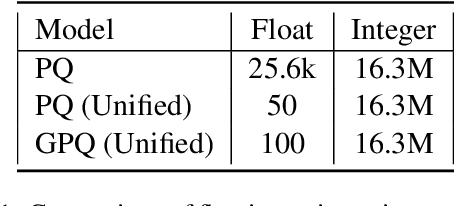Improving Neural Machine Translation with Compact Word Embedding Tables
Paper and Code
Apr 18, 2021



Embedding matrices are key components in neural natural language processing (NLP) models that are responsible to provide numerical representations of input tokens.\footnote{In this paper words and subwords are referred to as \textit{tokens} and the term \textit{embedding} only refers to embeddings of inputs.} In this paper, we analyze the impact and utility of such matrices in the context of neural machine translation (NMT). We show that detracting syntactic and semantic information from word embeddings and running NMT systems with random embeddings is not as damaging as it initially sounds. We also show how incorporating only a limited amount of task-specific knowledge from fully-trained embeddings can boost the performance NMT systems. Our findings demonstrate that in exchange for negligible deterioration in performance, any NMT model can be run with partially random embeddings. Working with such structures means a minimal memory requirement as there is no longer need to store large embedding tables, which is a significant gain in industrial and on-device settings. We evaluated our embeddings in translating {English} into {German} and {French} and achieved a $5.3$x compression rate. Despite having a considerably smaller architecture, our models in some cases are even able to outperform state-of-the-art baselines.
 Add to Chrome
Add to Chrome Add to Firefox
Add to Firefox Add to Edge
Add to Edge